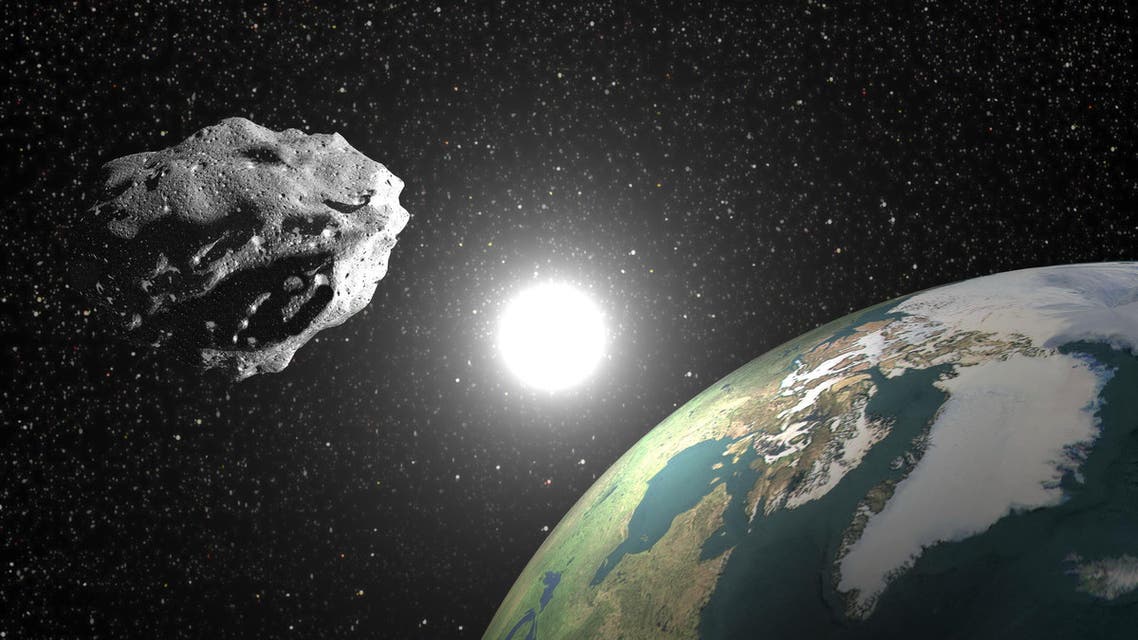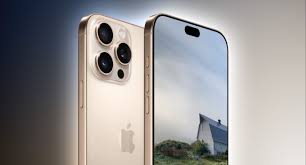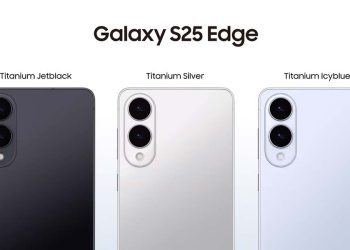On Monday, the largest asteroid to pass by Earth this year is expected to swing closest. It will provide astronomers a rare chance for a good look at a space rock.
While in astronomical terms this marks a close encounter with the asteroid — called 2001 FO32 — Nasa says there is no threat of a collision with “our planet now or for centuries to come”.
According to the US space agency , the nearest it will get will be two million kilometers away from the earth.
That is roughly 5.25 times the distance of the Earth from the Moon, but still close enough for 2001 FO32 to be classified as a “potentially hazardous asteroid”.
“We know the orbital path of 2001 FO32 around the Sun very accurately,” said Paul Chodas, director of the Center for Near Earth Object Studies.
Nasa says 2001 FO32 would pass by at about 124,000 kilometres per hour, much faster than the speed at which most asteroids encounter Earth.
The asteroid is estimated to be about 900 metres in diameter and was discovered 20 years ago.
Astronomers are hoping to get a better understanding of the asteroid’s size and a rough idea of its composition by studying light reflecting off its surface.







